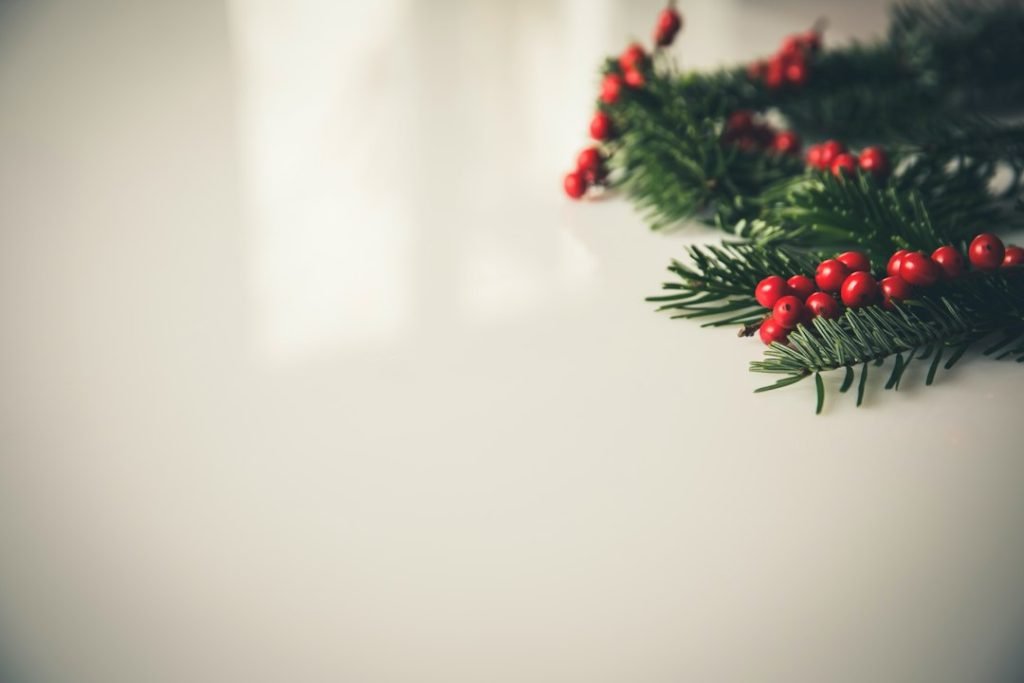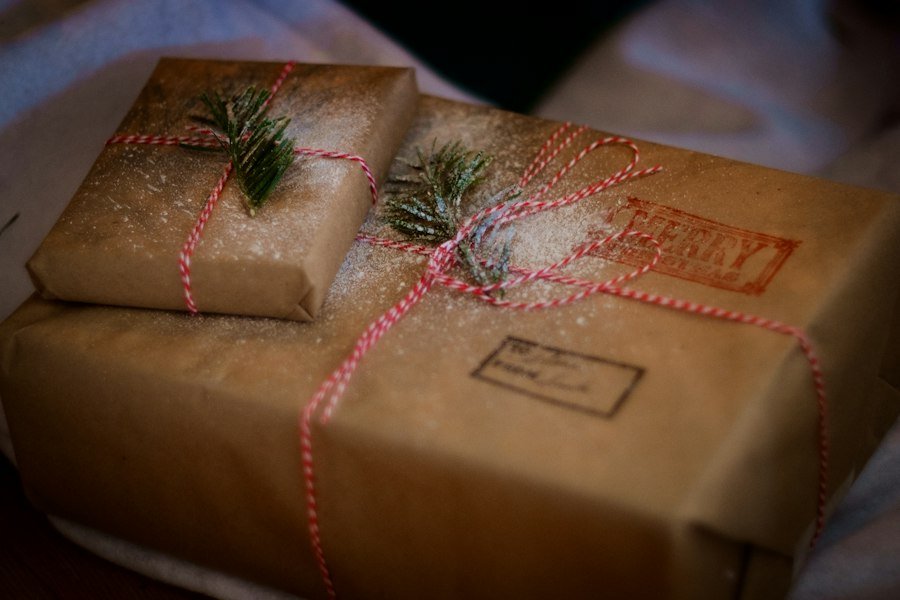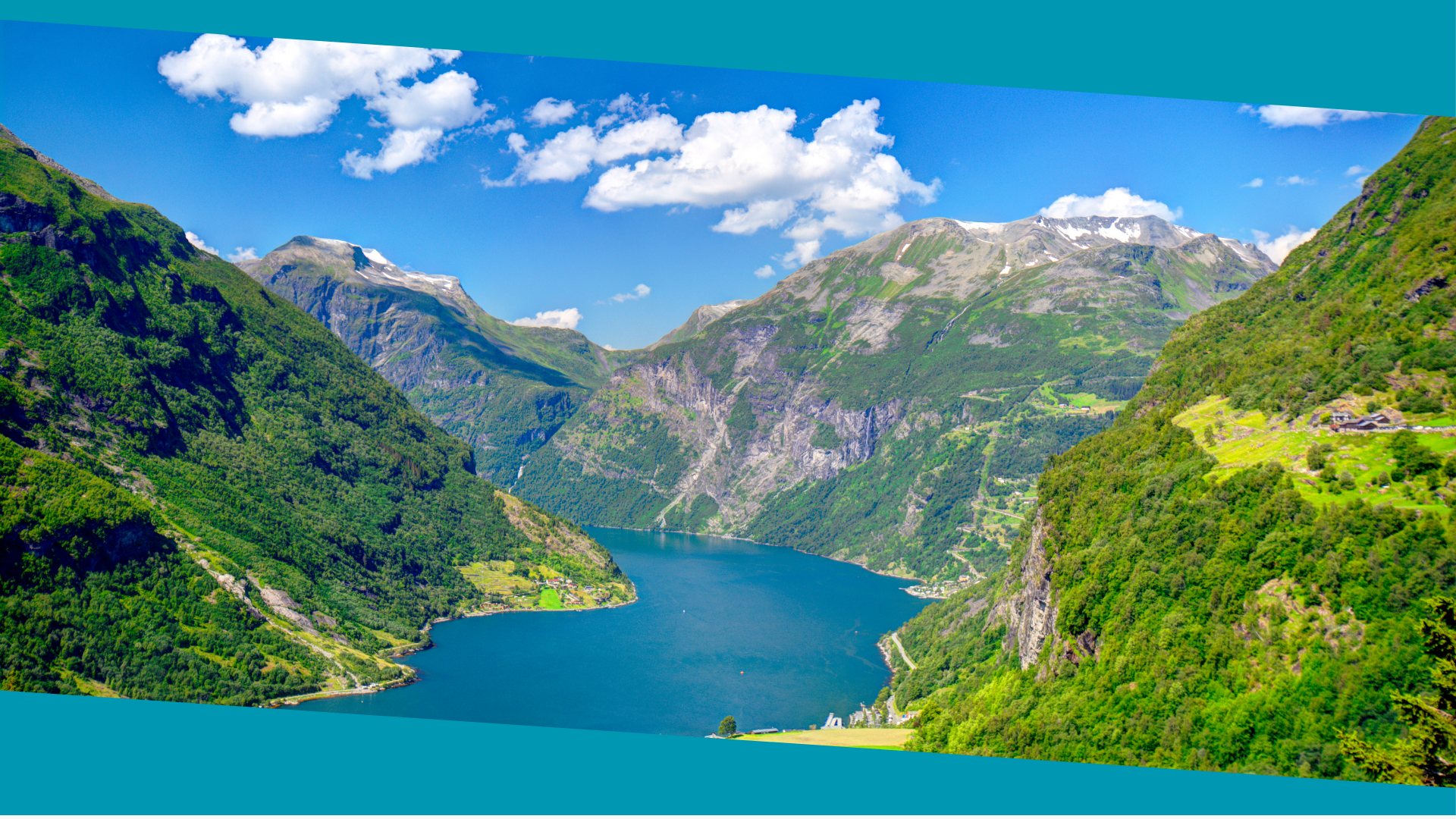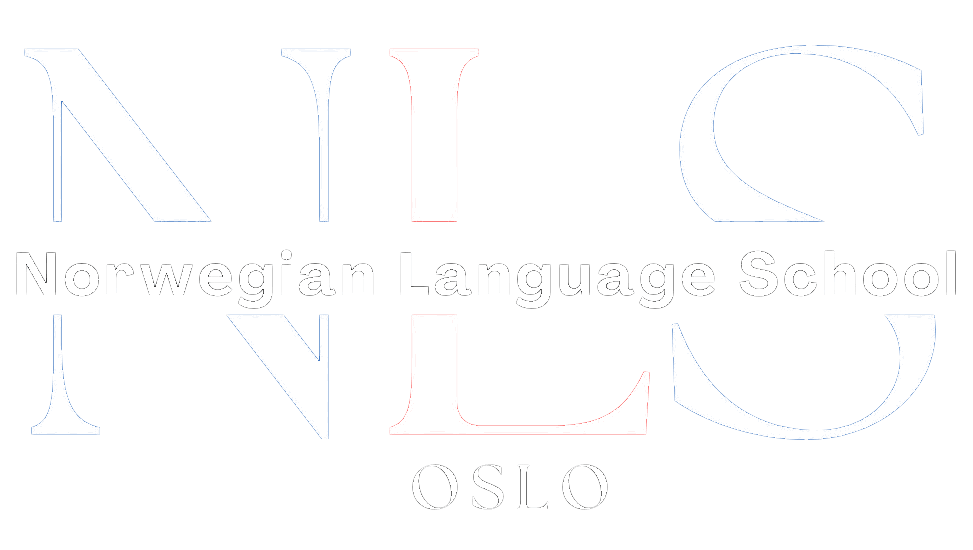

Celebrating Norwegian Holidays: Key Norwegian Phrases and Vocabulary
Norway is a country rich in culture and traditions, and its holidays are no exception. From Christmas to Easter, and from National Day to Midsummer, Norwegians have a variety of celebrations throughout the year that hold great significance in their culture. Understanding and participating in these holidays is not only a way to immerse oneself in Norwegian culture, but also a way to connect with the local people and gain a deeper appreciation for the country. In this article, we will explore the importance of learning Norwegian phrases and vocabulary, as well as delve into the various holidays celebrated in Norway.
Table of Contents
ToggleKey Takeaways
- Norwegian holidays are rich in tradition and culture, making them a unique experience for visitors.
- Learning Norwegian phrases and vocabulary can enhance your holiday experience and help you connect with locals.
- Common Norwegian greetings and expressions include “hei” for hello and “takk” for thank you.
- Christmas in Norway is celebrated with traditional foods like lutefisk and julekake, and the lighting of advent candles.
- Norwegian Easter traditions include skiing, eating “påskeegg” (Easter eggs), and reading crime novels.
- National Day celebrations on May 17th include parades, flag waving, and traditional foods like “pølse” (hot dogs) and ice cream.
- Midsummer celebrations involve bonfires, dancing, and the consumption of “rømmegrøt” (sour cream porridge).
- Halloween and All Saints’ Day are not traditionally celebrated in Norway, but have become more popular in recent years.
- Norwegian holiday foods and drinks include “aquavit” (a distilled spirit), “smørbrød” (open-faced sandwiches), and “fårikål” (lamb and cabbage stew).
- Embracing Norwegian culture through language and celebrations can deepen your appreciation for this beautiful country.
Importance of Learning Norwegian Phrases and Vocabulary
Learning the Norwegian language can greatly enhance one’s experience while traveling or living in Norway. Not only does it make communication easier, but it also shows respect for the local culture and traditions. By learning basic phrases and vocabulary, travelers and expats can navigate their way through daily interactions, such as ordering food at a restaurant or asking for directions. Additionally, understanding the local language allows for a deeper connection with the local people, as it shows an effort to understand and appreciate their culture.
Furthermore, learning Norwegian phrases and vocabulary is essential for understanding local customs and traditions. Many Norwegian holidays have unique traditions and rituals that are deeply rooted in the country’s history. By understanding the language, one can fully grasp the meaning behind these customs and participate in them with greater understanding and respect. For example, during Christmas, Norwegians have a tradition called “julebord,” which is a festive meal with colleagues or friends. By knowing this term and its significance, one can fully embrace this tradition and enjoy the holiday season like a true Norwegian.
Common Norwegian Greetings and Expressions
When visiting Norway, it is important to know some basic Norwegian greetings and expressions to make interactions smoother and more enjoyable. Here are some common phrases that can be used for greeting and introducing oneself:
– “Hei” or “Hallo” – Hello
– “God morgen” – Good morning
– “God dag” – Good day
– “God kveld” – Good evening
– “Hvordan har du det?” – How are you?
– “Jeg heter…” – My name is…
– “Hyggelig å møte deg” – Nice to meet you
– “Takk” – Thank you
– “Unnskyld” – Excuse me
In addition to greetings, it is also helpful to know some common expressions for everyday conversations. Here are a few examples:
– “Ja” – Yes
– “Nei” – No
– “Beklager” – Sorry
– “Hvor er…” – Where is…
– “Kan du hjelpe meg?” – Can you help me?
– “Jeg forstår ikke” – I don’t understand
– “Hva heter dette på norsk?” – What is this called in Norwegian?
– “Hvor mye koster det?” – How much does it cost?
– “Ha en fin dag” – Have a nice day
By familiarizing oneself with these basic phrases and expressions, travelers and expats can navigate their way through daily interactions and have a more immersive experience in Norway.
Celebrating Christmas in Norway
Christmas is one of the most important holidays in Norway, and it is celebrated with great enthusiasm and joy. Norwegians have a variety of traditions and customs that make their Christmas celebrations unique. One of the most iconic symbols of Norwegian Christmas is the Christmas tree, which is decorated with lights, ornaments, and often topped with a star. Another popular tradition is the lighting of Advent candles, which are lit on each Sunday leading up to Christmas.
Norwegian Christmas food is also a highlight of the holiday season. Traditional dishes include “lutefisk,” which is dried fish soaked in lye and then boiled or baked, and “pinnekjøtt,” which is salted and dried lamb ribs. These dishes are often served with potatoes, sausages, and various types of cabbage. For dessert, Norwegians enjoy “risgrøt,” a rice porridge served with butter, sugar, and cinnamon. A hidden almond is often placed in the porridge, and the person who finds it receives a small gift.
When it comes to drinks, Norwegians enjoy “gløgg,” a warm spiced wine often served with raisins and almonds. Another popular Christmas drink is “juleøl,” a dark and malty beer that is brewed specifically for the holiday season. These traditional foods and drinks play an important role in Norwegian Christmas celebrations and are enjoyed by families and friends throughout the country.
Norwegian Easter Traditions and Customs
Easter is another significant holiday in Norway, and it is celebrated with a mix of religious and secular traditions. One of the most popular Easter traditions in Norway is the painting of Easter eggs. Norwegians often decorate eggs with vibrant colors and intricate designs, and these eggs are used for various Easter activities, such as egg rolling competitions.
Another unique Easter tradition in Norway is the reading of crime novels. It has become a popular tradition for Norwegians to read crime novels during the Easter holiday, and many publishers release new crime novels specifically for this time of year. This tradition has its roots in the fact that many Norwegians take a week-long vacation during Easter, and reading crime novels has become a way to relax and unwind during this time.
In terms of food, Norwegians have their own Easter specialties. One of the most popular dishes is “påskebrød,” which is a sweet bread flavored with cardamom and often filled with raisins or currants. Another traditional Easter food is “rømmegrøt,” a sour cream porridge that is often served with butter, sugar, and cinnamon. These dishes, along with the painted Easter eggs, are enjoyed by families and friends during Easter celebrations in Norway.
National Day Celebrations in Norway

Norwegian National Day, also known as Constitution Day, is celebrated on May 17th each year. It is a day of great pride and patriotism for Norwegians, and it is marked by various festivities and traditions. One of the most iconic aspects of National Day celebrations in Norway is the parade. Children and adults alike dress up in traditional Norwegian costumes, known as “bunad,” and march through the streets waving Norwegian flags.
The parade is often accompanied by music from marching bands, and it is a joyous celebration of Norwegian culture and heritage. In addition to the parade, Norwegians also gather for speeches, concerts, and other cultural events throughout the day. It is a time for people to come together and celebrate their country’s independence and unity.
Midsummer Celebrations in Norway
Midsummer, also known as St. John’s Eve, is a traditional celebration that takes place on June 23rd each year in Norway. It is a time to celebrate the summer solstice and the longest day of the year. Norwegians gather with family and friends to enjoy outdoor activities, such as bonfires, barbecues, and games.
One of the most popular Midsummer traditions in Norway is the lighting of bonfires. These bonfires are often built on beaches or near bodies of water, and they are lit as a symbol of warding off evil spirits. Norwegians also enjoy traditional foods during Midsummer celebrations, such as “svele,” which is a sweet pancake-like treat, and “rømmegrøt,” a sour cream porridge.
Halloween and All Saints’ Day in Norway
Halloween and All Saints’ Day have become increasingly popular in Norway in recent years, although they are not traditional Norwegian holidays. Halloween is celebrated on October 31st, and it is a time for dressing up in costumes, carving pumpkins, and going trick-or-treating. Many Norwegians also decorate their homes with spooky decorations and enjoy Halloween-themed parties and events.
All Saints’ Day, which falls on November 1st, is a more somber holiday in Norway. It is a day to remember and honor loved ones who have passed away. Norwegians often visit cemeteries to light candles and place flowers on the graves of their loved ones. It is a time for reflection and remembrance.
Norwegian Food and Drinks for Holidays
Norwegian cuisine is diverse and flavorful, and it plays a central role in holiday celebrations. Traditional Norwegian holiday foods often reflect the country’s history and cultural heritage. Here are some popular dishes and drinks for various holidays in Norway:
– Christmas: Lutefisk (dried fish soaked in lye), pinnekjøtt (salted and dried lamb ribs), risgrøt (rice porridge), gløgg (spiced wine), juleøl (Christmas beer).
– Easter: Påskebrød (sweet bread flavored with cardamom), rømmegrøt (sour cream porridge).
– National Day: Hot dogs, ice cream, waffles.
– Midsummer: Svele (sweet pancake-like treat), rømmegrøt (sour cream porridge).
– Halloween: Pumpkin soup, caramel apples, Halloween-themed treats.
– All Saints’ Day: Traditional Norwegian pastries, such as krumkake (thin waffle-like cookies) and fattigmann (fried pastry).
These traditional Norwegian foods and drinks are enjoyed by families and friends during holiday celebrations, and they add a special touch to the festivities.
Embracing Norwegian Culture through Language and Celebrations
In conclusion, learning Norwegian phrases and vocabulary is not only beneficial for travelers and expats, but it is also a way to embrace Norwegian culture and traditions. By understanding the local language, one can fully immerse themselves in Norwegian holidays and celebrations, gaining a deeper appreciation for the country and its people. Whether it’s celebrating Christmas with lutefisk and gløgg, or participating in the National Day parade in a traditional bunad, embracing Norwegian culture through language and celebrations is a rewarding experience that allows for a deeper connection with the country and its people. So, why not start learning Norwegian today and embark on a journey of cultural exploration?

Norwegian A1-A2
Course Overview The Norwegian A1-A2 course is an online program focused on teaching essential Norwegian grammar and vocabulary. It includes a variety of materials and topics, with opportunities to interact with a Norwegian teacher entirely online. Curriculum Highlights The course covers key areas such as grammar and vocabulary and topics such as family, daily life, education, work, traditions, and leisure activities. Who Should Enroll? This course is perfect for beginners or those at the A1 or A2 levels who want to improve their Norwegian skills. What You Get Access to the full Norwegian A1-A2 course. A monthly 1-hour online conversation with a teacher. Many written and oral assignments. Comprehensive information on Norwegian grammar, Norwegian vocabulary and how to use them, important sentence structures, etc. Tips on additional resources to further enhance your Norwegian learning.
0 students enrolled
Last updated Dec 10th, 2024
If you want to learn Norwegian, you can register for classes here. We look forward to hearing from you and helping you become fluent in Norwegian.
Refer a friend and get $150. Join the program here






